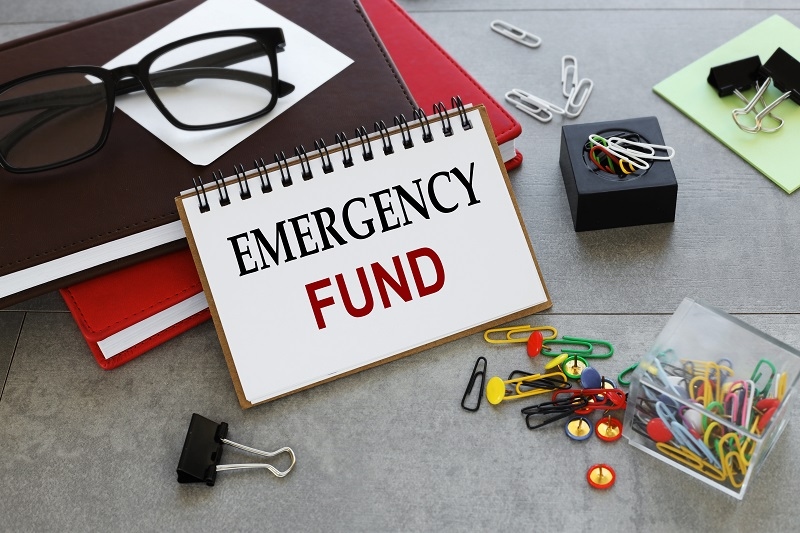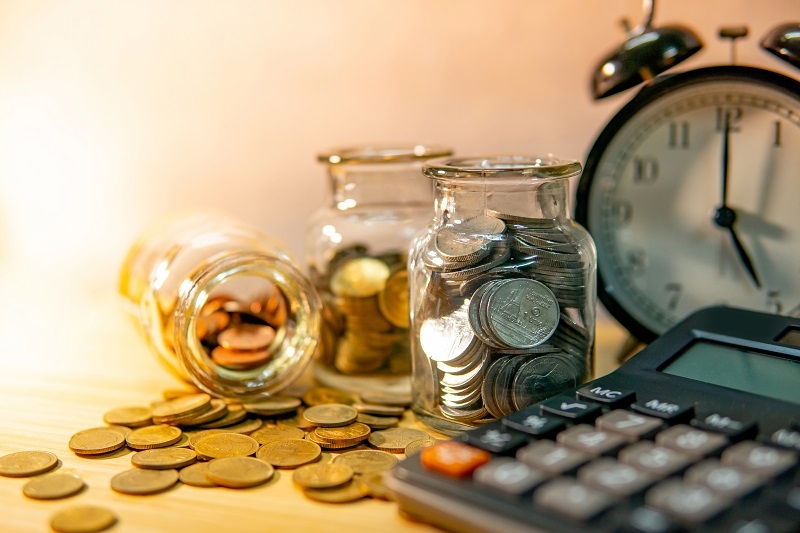
It's easy for one surprise bill – like a flat tire or a doctor visit – to throw your whole budget off track. That’s why having some savings is so important. But what if you're already struggling? Saving money might seem impossible, but it’s still something you can do. Saving for emergencies when you're broke isn't easy, but it can be done with a bit of planning and by taking things one step at a time. The great thing is, even small savings can make you feel more secure.
This guide will give you the lowdown on building an emergency fund for beginners, even if your income isn't great. You don't need to be rich; you just need to want it, build some good habits, and learn to save. Let's see some emergency savings tips for low income.
If money is tight, unexpected events can really mess things up. If your fridge breaks or you get a big medical bill, you might struggle to pay rent or use a credit card and pay loads of interest. That's why getting an emergency fund going is super important – it cushions the blow and reduces stress.
Even a small emergency fund can:
You don’t need lots of money right away. Saving $1000 quickly can make a difference.
Here’s a step-by-step guide on how to build an emergency fund:
Before you start, think about what counts as a real emergency. Not everything does. An emergency fund is for things like:
This fund isn't for buying gifts, going on trips, or shopping sales.
If you're new to saving, start small. Try to save $500 to $1,000. This is a good goal to have because it can cover basic problems without feeling too hard.
Don’t worry about saving enough to cover 3-6 months of expenses right away. That can wait. This is about getting going and feeling good about it.
Even if you don't have much money, you can probably find ways to start saving money. Start by tracking where every dollar goes for a month. Use a notebook, an app, whatever works for you.
See where you can spend less:
You'll probably see some spending habits you didn’t even know you had. Saving even a few dollars here and there can add up.
Keep your emergency fund somewhere easy to get to, but not too easy – like a savings account that pays a little bit of interest. Don't keep it in your regular checking account where you might spend it without thinking.
Find these things:
Keeping the fund in a separate place helps you avoid using it for normal, everyday things.
One of the best ways to save is to make it automatic. If your paycheck goes right into your bank, set up a transfer of even $5 or $10 each week into your emergency fund.
This is great because:
Got some extra cash? Maybe a tax refund, birthday money, or a small work bonus? Great! Think of it as a chance to boost your emergency savings.
Here's one way to split it up:
This way, you get to treat yourself a little while still building up your safety net.

Got any gadgets, clothes, or stuff sitting around collecting dust? Sell it! Facebook Marketplace, Craigslist, and eBay are all good places to make some quick cash.
Saving tips often mention side jobs, but getting rid of clutter is something anyone can do right away. No costs, no special skills needed.
Want to save $1000 fast? Try a no-spend challenge.
The rules are simple:
Then, take the money you saved and put it straight into your emergency fund.
Using cash for groceries and fun stuff can really make you think about where your money is going. You might be surprised how much less you spend when you see the cash leaving your hand.
Say you set aside $150 a month for food. Take out that amount in cash. When it’s gone, it’s gone! If you have any leftovers, stash them in your emergency fund.
When money is tight, community programs can help stretch your budget.
These programs help cover the essentials, freeing up more of your money for savings.
Let’s explore some easy ways to save money:
The best saving ideas are the ones that fit your life. It doesn't have to be anything crazy; it just needs to be something you do regularly.
An emergency fund isn't about being perfect. It's about making progress and having some breathing room when things get tough. You can avoid:
Make saving more fun by seeing how far you've come. Try:
Money stuff is always changing, not staying the same. When you earn more, put some of that extra cash into savings. A good idea is to have enough saved to pay your usual bills for about three months. Check your emergency fund and adjust it!
An initially modest emergency reserve can, over a period of disciplined contributions, develop into a robust financial buffer.
The optimal time to establish an emergency fund is not contingent upon ideal conditions; rather, it is a matter of implementing a systematic plan that reflects your present financial reality, even if contributions are minimal. Incremental deposits are still progress.
Accumulating a $1,000 reserve may appear daunting, yet employing automated transfers and periodic spending restrictions can facilitate growth. Consider your emergency fund as a fixed financial obligation. Even modest, consistent contributions can reduce debt risk, alleviate financial anxiety, and provide greater control over unforeseen expenses.
This content was created by AI